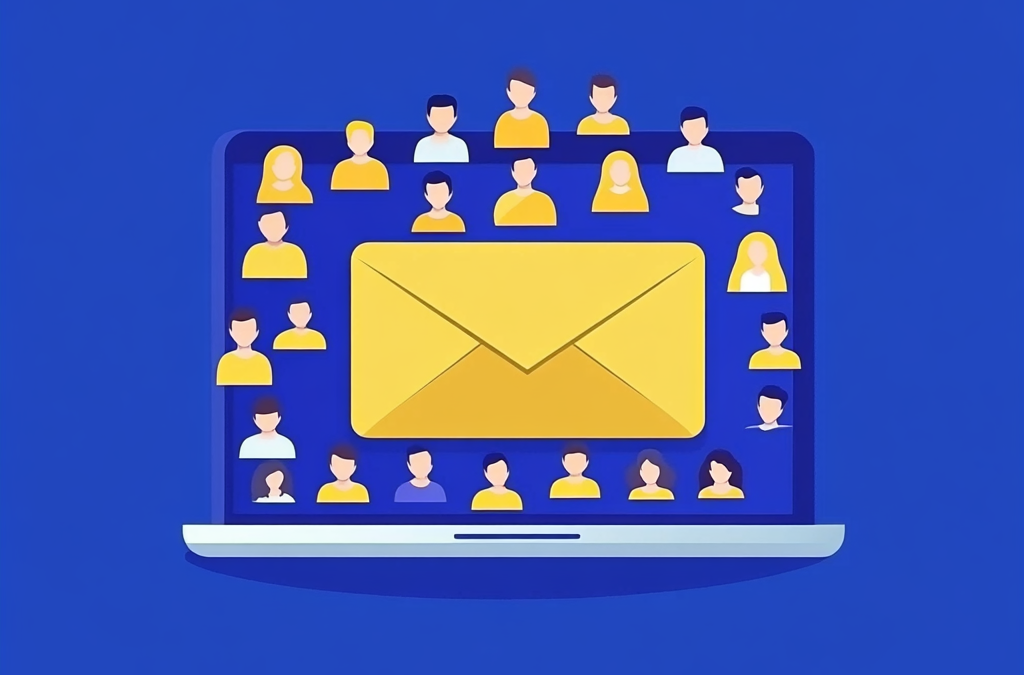Let’s talk about email aliases: When is this feature a perfect fit, and when might it complicate things? Understanding the ins and outs of email aliases can help you decide when to use them and when to steer clear.
The Basics
So, what exactly is an email alias? An email alias is a forwarding email address. It’s not a real email account, but an address that forwards messages to a real email account. This means you can have multiple email addresses, all linked to your primary email account. Think of it as having multiple doors leading to the same room—super handy for managing your digital communications.
Why Would You Need an Email Alias?
Of course there are compelling reasons to use email aliases:
- Protect Your Primary Email Address: By using an alias for sign-ups and subscriptions, you can keep your primary email address private and secure. This reduces the risk of your main email address being targeted by spammers or hackers.
- Organize Your Inbox: You can create specific aliases for different purposes—personal, work, online shopping, newsletters, and more. This way, you can filter your emails and keep your inbox tidy. It’s like having multiple post boxes for different types of mail.
When It Might Not Be the Best Idea
- Personal or Professional Communication: When sending an email to someone you know personally or professionally, it’s best to use your primary email address. Using an alias in such cases can cause confusion and might even make your email look like spam.
- Security Concerns: If a hacker gains access to your primary email account, they’ll also have access to all your aliases. So, it’s crucial to maintain strong security practices for your primary email account.
How to Set It Up
Setting up an email alias is relatively straightforward. Most email providers, including Gmail and Outlook, offer this feature. The process might vary slightly depending on the provider, but generally, it involves going to your account settings and selecting the option to create a new alias.
Email Aliases vs. Multiple Email Accounts
Email aliases and multiple email accounts have their advantages and disadvantages, and the choice between the two often depends on the specific needs and preferences of the user.
- Email Aliases: Email aliases are like having secret doorways in your digital office. They can be a game-changer for businesses, allowing different departments or roles to have their own email addresses while keeping all correspondence in one central inbox. Imagine a company with aliases like ‘sales@company.com’ and ‘support@company.com’—all emails sent to these addresses land in the same inbox. The beauty of email aliases lies in their simplicity: one inbox to rule them all.
- Multiple Email Accounts: On the flip side, multiple email accounts are like having separate rooms for different activities. This setup is perfect for individuals who want to keep their email types distinct. Picture this: a personal email account, a work email account, and a ‘junk’ email account for newsletters and promotions. The main advantage here is a higher level of organization, with each account serving a specific purpose. The trade-off? More effort to manage, as you’ll need to check multiple inboxes.
In the end, the choice is yours: opt for the streamlined simplicity of email aliases or embrace the organized separation of multiple email accounts.
Simplicity and Organization
Email aliases present a powerful way to protect your primary email address and organize your inbox. However, they aren’t a one-size-fits-all solution. Balancing the streamlined simplicity of aliases with the detailed organization of multiple accounts depends on your specific needs and preferences. Choose wisely, and turn your inbox from a cluttered chaos into a well-organized haven.

